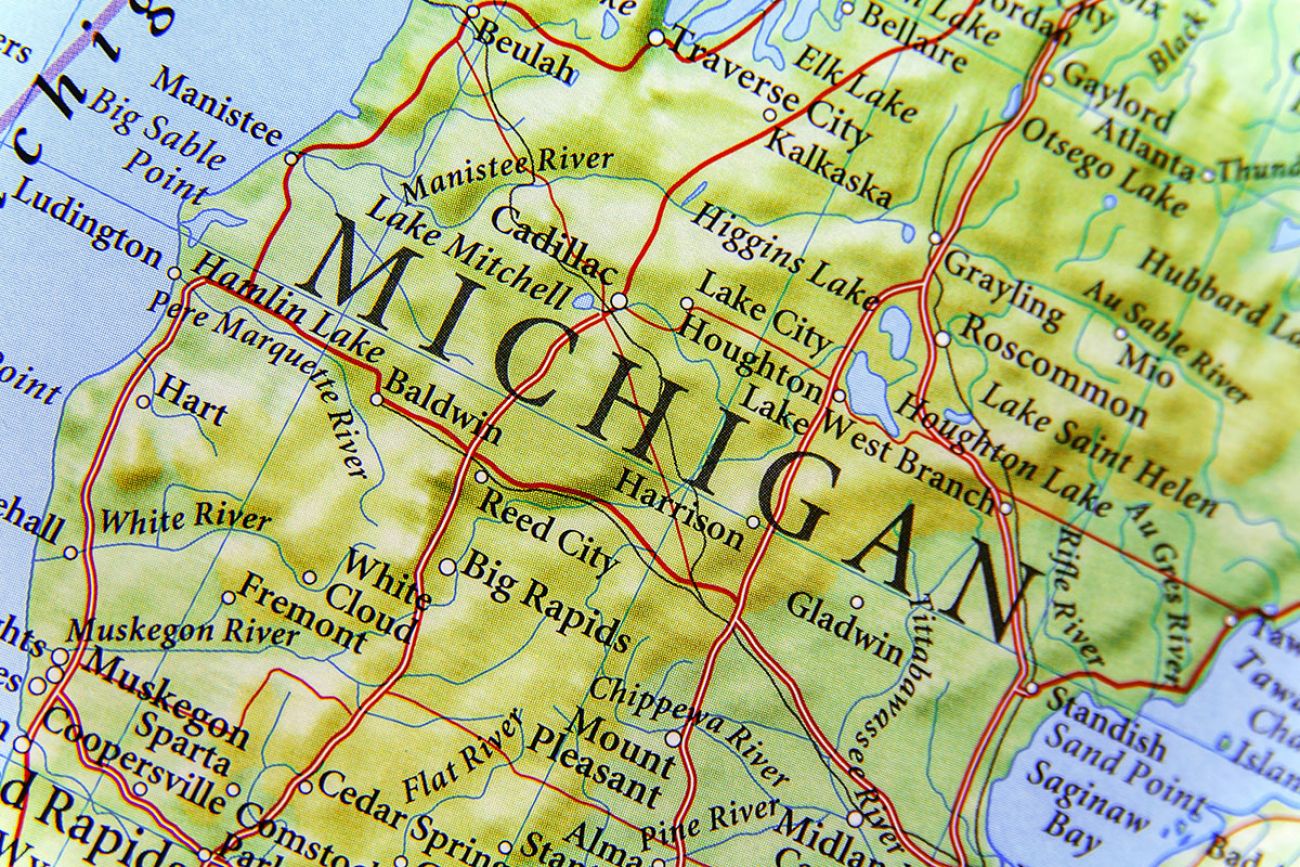Census: Michigan’s population falls a hair in 2022

- Michigan population declines slightly to 10,034,113
- Sun Belt states like Florida adding residents, Rust Belt ones still declining
- Economist says long-term trend will hurt economy in Michigan
Michigan’s population fell slightly in 2022, according to U.S. Census Bureau estimates released Thursday.
Michigan’s population was estimated at 10,034,113 as of July 1, down 3,400 from 2021’s estimate and 43,200 from the 2020 population of 10,077,325.
As a percentage, Michigan’s loss was the 17th most in the nation. New York had the biggest drop, losing nearly 1 percent of its population — over 180,000 people.
Related:
- Michigan braces for recession: What to watch, from inflation to home prices
- Michigan’s pandemic baby bump over: 2022 births sliding again
Florida led the nation, growing 1.9 percent in 2022, adding 416,000 people to more than 22 million.
Michigan’s decline appeared to be driven by COVID-19, with the state recording 12,500 more deaths than births in 2022. (Overall, the virus has killed more than 40,000 people in the state since 2020.)
Overall, the U.S. population grew by 1.2 million people to 333.2 million, the Census estimated.
The estimates show that the Sun Belt continues to attract people from much of the country, with Florida, Texas, North Carolina, South Carolina, Tennessee, Georgia and Arizona adding nearly 1 million people combined in the year.
Meanwhile, Maryland, Louisiana, Massachusetts, New Jersey, New York, Illinois and California combined for a nearly 1 million person loss to other states.
Michigan was the only state to lose population from 2000 to 2010 but gained from 2010 to 2020, rising above 10 million people.
Estimates from University of Michigan economists anticipate declines over the next few years before modest increases, with the state peaking at about 10.5 million in 25 years.
With an aging population and without substantial growth, it could be a big problem for the state’s employers, said Don Grimes, a regional economic specialist with U-M who estimates the state will consistently have more deaths than births by 2050.
“Firms are going to have an extraordinarily hard time finding workers,” Grimes said at a recent economic conference. “We're going to have a population growth problem.”
The estimates are through July 1 and that should mean that, barring a surge of COVID-19 cases and deaths, the impact of the pandemic should fall even more next year.
Over 64 percent of this year’s COVID-19 nearly 9,000 deaths occurred before July.
Business Watch
Covering the intersection of business and policy, and informing Michigan employers and workers on the long road back from coronavirus.
- About Business Watch
- Subscribe
- Share tips and questions with Bridge Business Editor Paula Gardner
Thanks to our Business Watch sponsors.
Support Bridge's nonprofit civic journalism. Donate today.
See what new members are saying about why they donated to Bridge Michigan:
- “In order for this information to be accurate and unbiased it must be underwritten by its readers, not by special interests.” - Larry S.
- “Not many other media sources report on the topics Bridge does.” - Susan B.
- “Your journalism is outstanding and rare these days.” - Mark S.
If you want to ensure the future of nonpartisan, nonprofit Michigan journalism, please become a member today. You, too, will be asked why you donated and maybe we'll feature your quote next time!




